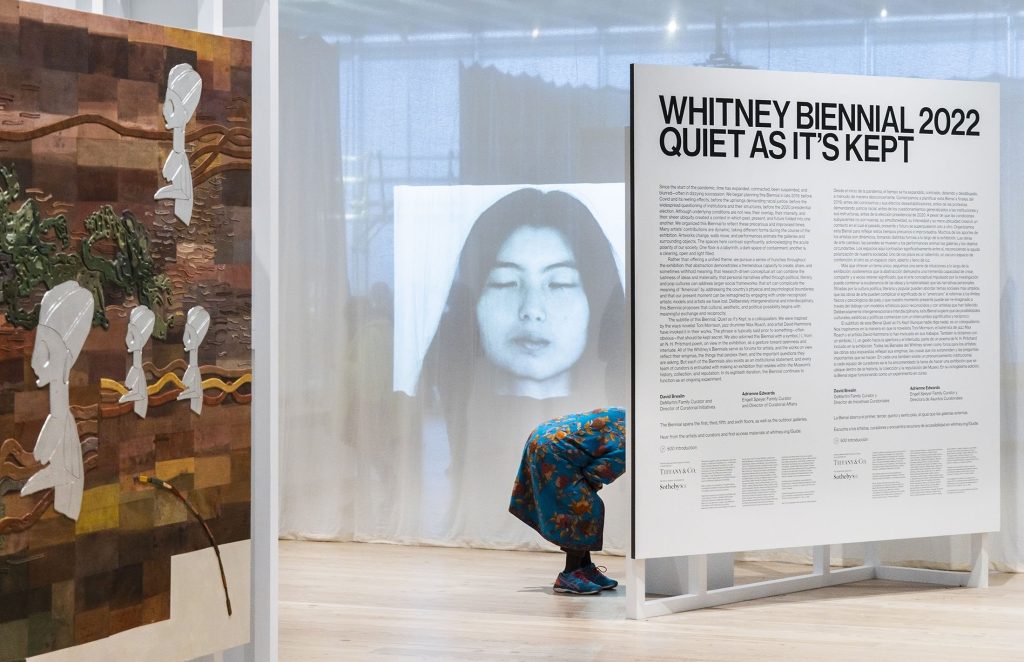Introduction
As the art world gears up for the highly anticipated Whitney Biennial, the spotlight shines once again on this esteemed exhibition. But what exactly is the Whitney Biennial, and why does it continue to command attention after more than 80 editions? Here’s everything you need to know about this landmark event.
Understanding the Whitney Biennial
Often hailed as one of the most significant recurring art exhibitions in the world, alongside the Venice Biennale and Documenta, the Whitney Biennial serves as a comprehensive snapshot of the American art scene at a specific moment in time. Unlike other art festivals, the Whitney Biennial maintains a focused approach, presenting artworks across various mediums within the Whitney Museum’s galleries in New York.
Origins and Evolution
Initially launched as the Whitney Annual in 1932, the exhibition evolved over the years, transitioning to its current biennial format in 1973. The decision to merge two alternating exhibitions—one focused on painting, the other on sculpture—into a single Biennial reflected changing trends and demands within the art world.
Curatorial Approach
The curatorial process for the Whitney Biennial involves selecting artists and artworks that encapsulate the prevailing themes and concerns of contemporary American art. Curators, often comprising a mix of in-house and external experts, spend considerable time visiting studios and evaluating potential participants. While the focus remains on American artists, the exhibition has increasingly embraced diversity, including non-American artists with ties to the United States.
Significance and Impact
The Whitney Biennial serves as a barometer for the current state of American art, reflecting emerging styles, trends, and artistic expressions. It offers a platform for both established and emerging artists to showcase their work, often acting as a springboard for newfound recognition and gallery representation. Additionally, the exhibition sparks critical dialogue and debate within the art community, further amplifying its cultural significance.
Controversies and Cultural Reckoning
Throughout its history, the Whitney Biennial has not been immune to controversies. From debates over representation and diversity to contentious artworks provoking public outcry, each edition has generated its fair share of scrutiny and discussion. These controversies, while challenging, have also prompted introspection and cultural reckoning within the art world.
Looking Ahead
As preparations for the upcoming Whitney Biennial unfold, anticipation mounts for the revelations and discussions it will inspire. With its legacy firmly established and its relevance continually evolving, the Whitney Biennial remains a cornerstone of contemporary art discourse, offering a window into the ever-changing landscape of American creativity.
Exploring Further
For those intrigued by the rich history and impact of the Whitney Biennial, the Whitney Museum offers a wealth of resources, including catalogs and archives from past editions. Delving into this repository provides a fascinating journey through decades of artistic innovation and evolution, underscoring the enduring legacy of this iconic exhibition.
Conclusion
The Whitney Biennial confirms its position as an essential forum for artistic expression and investigation as it gets ready to open its doors once more. The exhibition, which invites viewers to interact with the dynamic mosaic of creation that defines our cultural landscape, continues to influence and reflect the trajectory of American art from its modest beginnings to its current prominence.
Sotheby’s Expands Reach to Tap into Growing Indian Art Collector Market





